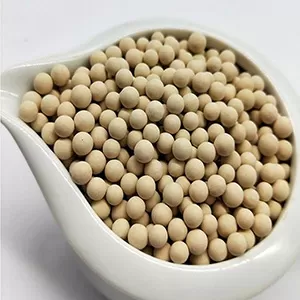3A molecular sieve exhibits minimal adsorption of propylene due to size exclusion. Propylene molecules have a kinetic diameter of approximately 4.6 angstroms, which exceeds the 3-angstrom pore size of the sieve, preventing entry into the porous structure. This physical barrier makes 3A molecular sieve ineffective for propylene capture, a trait exploited in industrial separation processes.

In petrochemical applications, where propylene is often mixed with smaller molecules like water vapor, 3A sieve selectively removes moisture while leaving propylene untouched. This is critical in propylene purification, as drying the gas stream prevents corrosion and catalyst deactivation without losing valuable propylene. The packing of 3A molecular sieve in drying columns ensures efficient moisture removal, with propylene passing through unadsorbed.
Compared to larger-pore sieves (e.g., 5A or 13X), which can adsorb propylene, 3A sieve’s specificity avoids product loss. Its hydrophilic surface further reduces any potential interaction with non-polar propylene, reinforcing its role as a moisture-specific adsorbent. This combination of size exclusion and chemical affinity makes 3A molecular sieve a valuable tool in propylene processing, ensuring purity without compromising yield.

